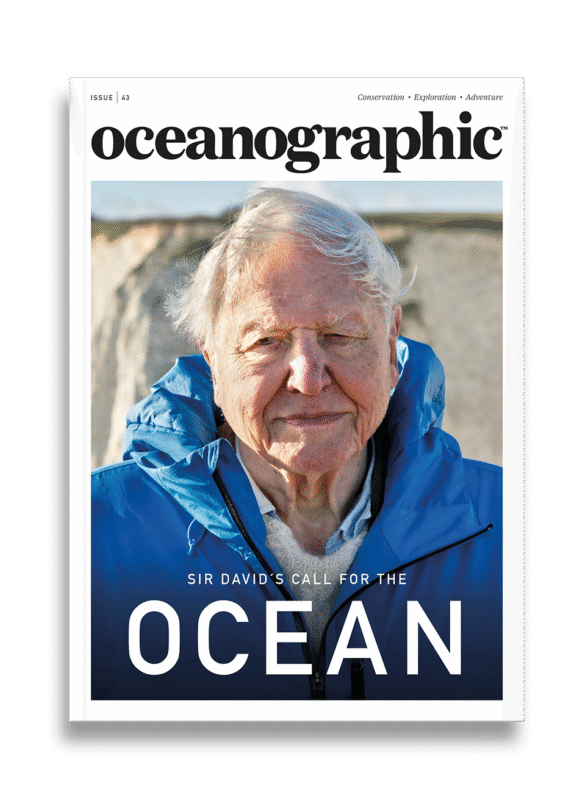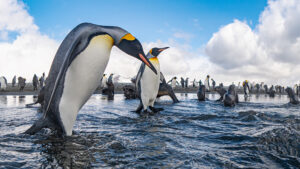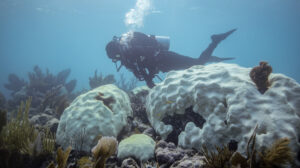Trillion tonne iceberg on collision course with South Georgia
Twice the size of Greater London, the 'mega-berg' A23a - which has for decades been grounded on the seafloor and more recently trapped spinning on the spot in the Southern Ocean - has broken free recently. Now on the move, the world's largest iceberg could soon collide with South Georgia.
The world’s largest and oldest iceberg, A23a a ‘mega-berg’ double the size of Greater London and weighing more than one trillion tonnes, is on the move after decades of being grounded on the seafloor – and it appears to be on a collision course with the remote British island of South Georgia.
Having broken free from its position north of the South Orkney Islands at the end of 2024 – where it had spent decades spinning on the spot in an ocean vortex – the trillion tonne ‘megaberg’ is now spinning northwards from Antarctica, and on a route that puts it one direct contact course with the British territory.
Researchers tracking the iceberg said that it was currently around 173 miles away from the remote island. Over the course of its journey so far, the warmer waters north of Antartica have started to melt and weaken A23a’s expansive cliffs. Despite this, the latest satellite imagery still puts the iceberg at roughly the size of Cornwall.
Current predictions suggest the iceberg will start to ground as it enters the South Georgia waters where it will break into smaller chunks of ice, forming what some have envisioned as a “floating city of icebergs”.
A23a is a colossal iceberg calved from Antarctica’s Filchner Ice Shelf in 1986. It had previously remained grounded on the seabed of the Weddell Sea for over 30 years, before beginning its slow journey north in 2020.
The movements of icebergs are typically unpredictable, meaning we can really only speculate as to where it might end up. If it does end up at South Georgia, however, it could have a dramatic impact on the island’s local wildlife and biodiversity, possibly blocking current pathways for feeding on the island’s beaches and coves.
So far, A23a’s journey that has been marked by a series of intriguing scientific events. For months, the iceberg was trapped in a Taylor Column, an oceanographic phenomenon in which rotating water above a seamount traps objects in place.
It was this dynamic that kept A23a, visible from space, spinning in one spot, delaying its expected rapid drift north.

It is not the first iceberg to threaten South Georgia. In 2004, an iceberg called A38 broke off and blocked penguin chicks’ and seal pups’ access to food in South Georgia and the nearby Sandwich Islands.
As oceans become warmer due to climate change, researchers predict that more and more large pieces will break away from the ice sheet, posing a threat to wildlife and ships in the area.


"*" indicates required fields
Printed editions
Current issue
Back issues

Back Issues
Issue 43 Sir David Attenborough’s ‘Ocean’

Back Issues
Issue 41 Holdfast to the canopy
Enjoy so much more from Oceanographic Magazine by becoming a subscriber.
A range of subscription options are available.








